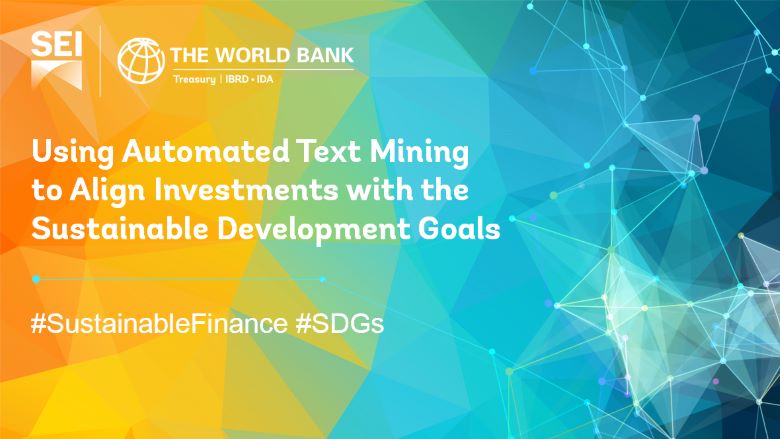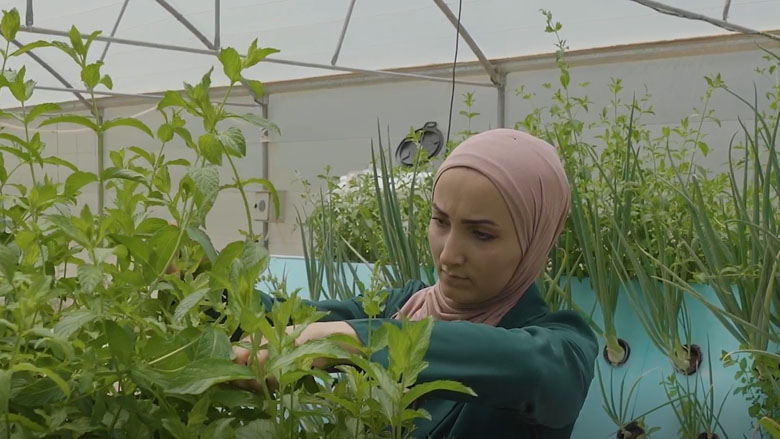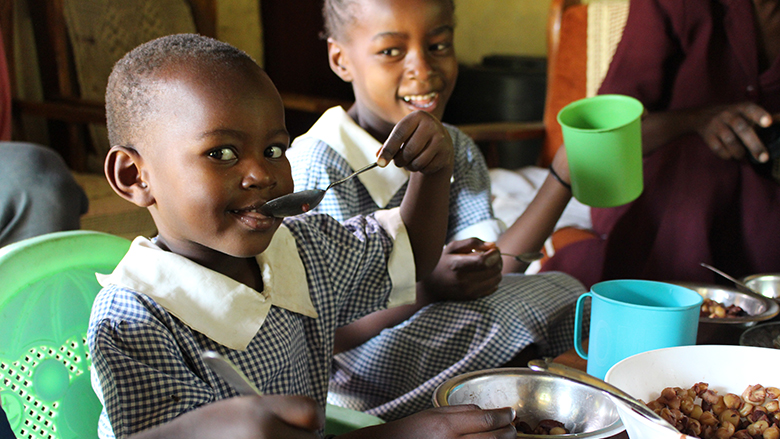World Bank Sustainable Development Bonds are consistent with the Sustainability Bond Guidelines coordinated by the International Capital Market Association.
Download the World Bank Sustainable Development Bond Framework for more information.
Use of Proceeds: The World Bank works in every major area of development in partnership with member governments to find sustainable solutions to local and global development challenges.
Target Populations: World Bank projects aim to protect and empower vulnerable groups, including women and girls, the poor, disabled people, and youth to reduce poverty, improve living standards, and raise income and productivity.
The list below provides examples of projects that meet the eligibility criteria to be supported by the World Bank’s Sustainable Development Bonds.
Examples of projects, programs and activities, which can be classified as “social projects” include, but are not limited to those which aim to:
- Improve health care, nutrition, and childhood development
- Improve equitable access to education, raise students’ retention and completion rates, improve learning conditions in schools, train teachers and improve their foundational skills
- Advance food security
- Strengthen social security, pension, and legal systems
- Improve access for individuals and businesses to affordable financial products and services such as transactions and payment services, savings, credit, and insurance
- Support and improve access to affordable housing through regulatory and policy reform and improving access to finance
- Create more and higher-quality jobs, and connect disadvantaged people to jobs by eliminating barriers and building skills
- Improve the effectiveness of formal technical and vocational training, short-term skills development, and apprenticeship programs
- Provide financial, technical and advisory support for countries that have decided to transition from coal to cleaner sources of energy
Examples of projects, programs and activities which can be classified as “green projects” include, but are not limited to those which aim to:
- Advance climate-smart agriculture, improve agricultural infrastructure and support services, strengthen food value chains, and increase market access for smallholder farmers
- Manage water holistically for sustained water resource utilization, improved delivery of services and building resilience
- Address biodiversity conservation and challenges of pollution and natural resource degradation
- Help resource-rich developing countries benefit from the increasing demand for minerals and metals, while ensuring mining is managed to minimize the environmental and climate footprint
- Prepare national plans and legislation to protect the environment and manage disaster risk
- Contribute to climate mitigation (solar and wind installations, new technologies that reduce GHG emissions, rehabilitation of power plants and transmission facilities to reduce emissions, clean transportation, sustainable waste management, carbon reduction through reforestation and prevention of deforestation) and climate adaptation (protection against flooding, improvements in food security, climate-resilient agriculture, sustainable forest management, and prevention of deforestation).
Additional examples of eligible projects, programs, and activities can be found at: https://www.worldbank.org/en/topic.
Process for Evaluation and Selection of Eligible Operations: All World Bank Operations are designed to achieve positive environmental and social impacts and outcomes consistent with the WBG’s twin goals. Operations are approved after an extensive internal review process which integrates sustainability policies and environmental and social requirements. This is complemented by comprehensive project disclosure, portfolio management and review processes that are designed to provide timely feedback to enhance, improve and if necessary, adjust operations to achieve positive impacts in line with desired outcomes. For more information, please refer to the World Bank Project Cycle.
Management of Proceeds: The proceeds of all World Bank bonds are invested in accordance with IBRD’s liquidity asset management investment policy. Disbursement requests for eligible operations take place in accordance with IBRD’s established policies and procedures and are often made over a period of several years, depending on when each project/program milestone is reached. The use of the net proceeds is tracked by IBRD on a continuous basis and IBRD reports on the use of proceeds on an annual basis.
Reporting: The World Bank is committed to producing an annual impact report within one year following the close of the fiscal year (June 30) describing the Operations supported by the financing generated by World Bank bonds issued during the previous fiscal year. Read the latest impact report.




